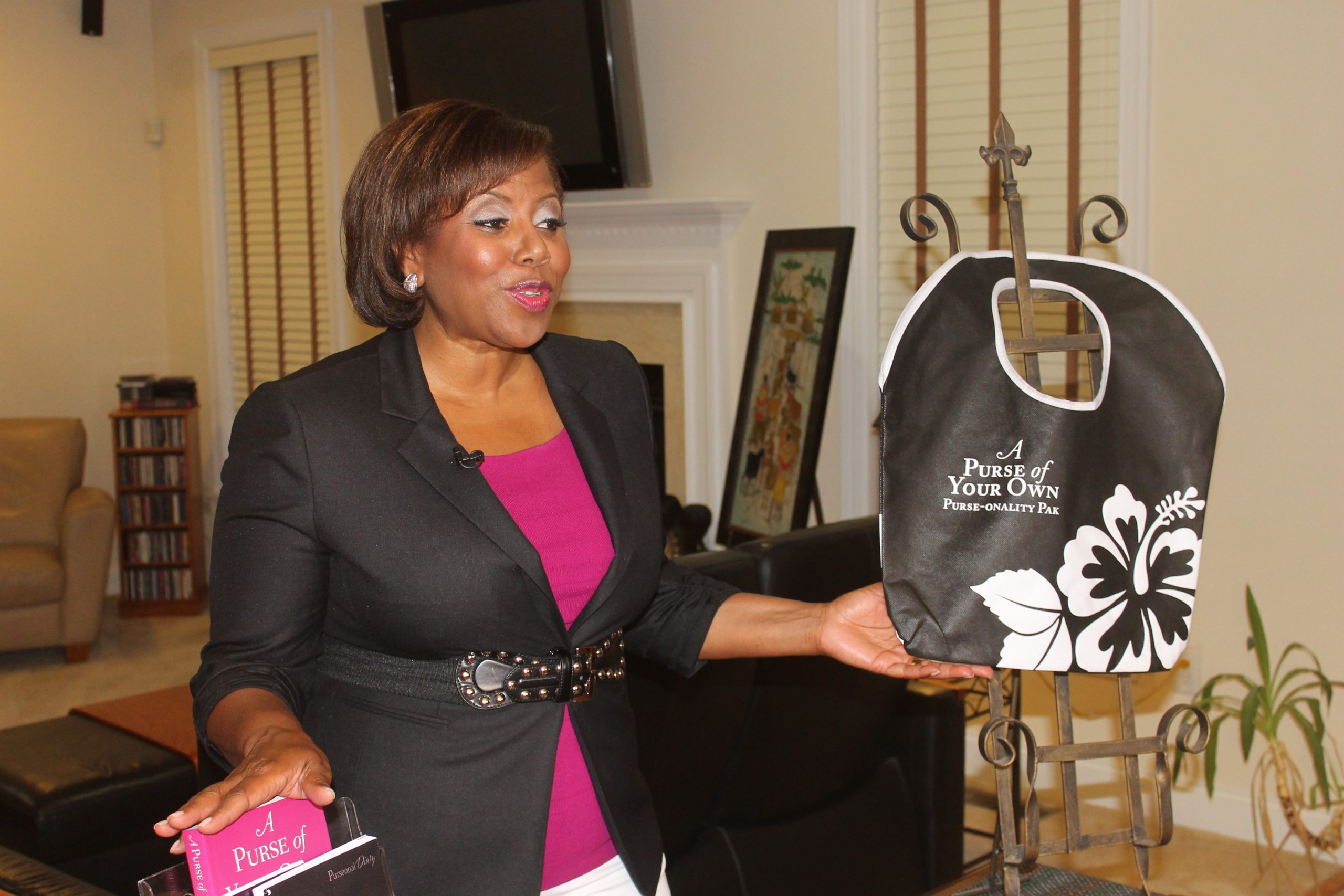One of the first concepts you learn in economics is supply and demand. For entrepreneurs, investing in the right amount of supply is imperative. Miscalculate and you could find yourself drowning in product that you can’t sell. But how can you efficiently suss out if there is a market for your product without having the actual supply?
This is the genius of crowdfunding that nobody tells you about. Crowdfunding allows you, the entrepreneur, to assess demand before you invest years of your life, tons of your own money, or worse, take out a loan and go into debt, investing in supply that may or may not sell.
Crowdfunding turns traditional business economics on its head. It’s an extremely efficient, low-risk opportunity for entrepreneurs to step outside of their comfort zone, test out their ideas, and best of all generate demand before investing in supply while raising capital for your business.
Many of the startups on iFundWomen, our crowdfunding platform, are in the very early stages and their campaign is one of the first times they’re putting their idea out there to be judged. As we embark on year two of helping women-led businesses get funded, we’ve seen creative and compelling strategies from entrepreneurs, working to iron out their proof of concept, which can easily be applied to getting your idea off the ground.
1. Build passionate customers by involving them in the product development process.

Deborah Owens
Deborah Owens, a financial services expert and wealth coach, is crowdfunding to develop an app called WealthyU. WealthyU is the Weight Watchers for paying down debt, saving and investing. It provides users with the tools and education they currently lack to take control of their finances.
Not only has Owens raised almost $30,000 to-date, but she has also accumulated a community of beta testers that she can rely on for feedback once her prototype is ready. Tapping into her customer base to gather feedback ensures she is building a product that meets her customers’ needs, and involving them in the product development process gives her consumers a deeper connection to her brand.
2. Generate demand for your initial product with limited quantities

Sat Nam Babe bottoms
Sat Nam Babe is a socially conscious line of play and yoga clothing for kids – infants to age five. Founder Jennifer Coulombe set out on a mission to raise $10,500 to produce Sat Nam Babe’s first line and build the company’s e-commerce site.
Coulombe built excitement for her brand by messaging her intent to launch through crowdfunding in the months leading up to her campaign. The focus on limited quantities created a feeling of exclusivity and curiosity around her brand. Her reward strategy smartly included letting backers be the first to get their hands on her products. Those early customers helped fund the launch of this sustainable clothing line and they’ll be her company’s first brand ambassadors.
3. Prototype a new production model with the funds from your campaign

Reid Miller Apparel clothing
Reid Miller Apparel wants to create a production model for U.S.A. custom-made womenswear and she’s using her crowdfunding campaign to test the process. Miller was tired of being unable to find clothing that fit, so she raised $15,000 to test the new model on five beta clients. Once the production model is perfected, she’s ready to custom make 100 riding jackets for customers. The genius behind Miller’s idea is that all of the data she’s been able to obtain from her campaign can be used to show potential investors that women truly want better fitting clothing.
The reality is almost half of startups fail due to a lack of product-market fit. Crowdfunding gives you the opportunity to fail fast and fail cheap. Learning quickly that nobody wants your product may be a difficult pill to swallow, but knowing when to pivot is a necessary skill for successful entrepreneurs.

